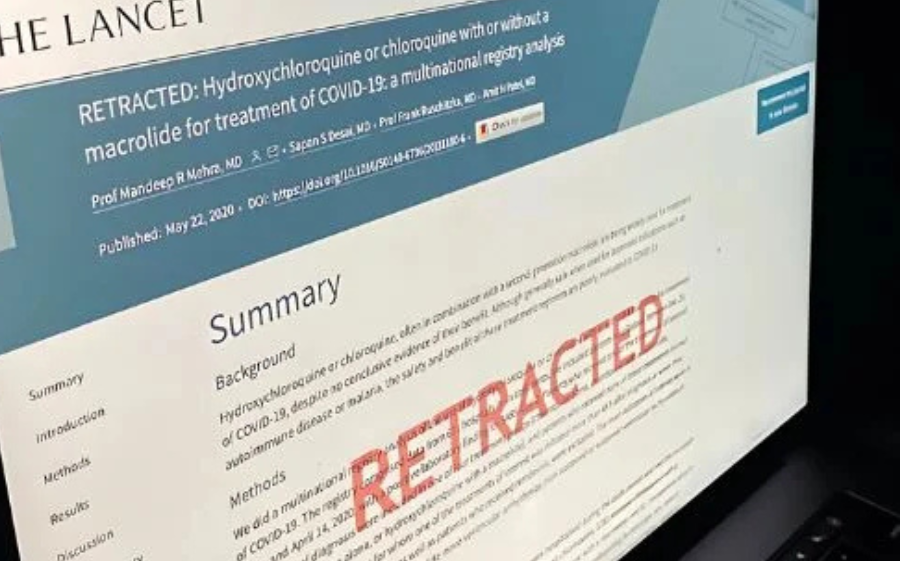Abstract
Noeggerathiales were until recently a group of plants with uncertain systematic position that existed in the Carboniferous and Permian times. Recent discoveries classify them as heterosporous progymnosperms. Despite the discovery of additional specimens, the group still remains highly artificial because their reproductive organs are rarely preserved in organic connection. Within the Carboniferous of Iberian Massif, the noeggerathialeans are poorly represented. Here, we describe Palaeopteridium andrenelii sp. nov. from the uppermost Carboniferous of Portugal. This is the second representative of Noeggerathiales reported in the Portuguese Carboniferous after Carlos Teixeira have described the noeggerathialean Rhacopteris gomesiana in the 1940s from Douro Carboniferous Basin (Stephanian C/lower Gzhelian, Upper Pennsylvanian). Palaeopteridium andrenelii was found in upper Asturian (upper Moscovian, Middle Pennsylvanian) strata from the classical Westphalian outcrops of Ervedosa, located in the region of Alto da Serra (Fânzeres), Gondomar, in northwestern Portugal. Two reproductive structures are associated with the frond of the new fossil species. Although not organically linked, both structures could belong to parent plant (frond) and represent possible detached macrosporangia. This reenforces the Palaeopteridium as a noeggerathialean and the first reproductive structures found for this genus.
Keywords: Palaeopteridium, Noeggerathiales, macrosporangia, Ervedosa flora, upper Asturian (upper Moscovian; Middle Pennsylvanian), Gondomar, Portugal
 |
| Holotype MGUTAD-1121 of Palaeopteridium andrenelii sp. nov. from the Ervedosa’s outcrops (upper Westphalian D/upper Asturian, Middle Pennsylvanian) of the road Dom Miguel, Seixo (Fânzeres) region, Gondomar, northwestern Portugal. 1 – General view of the holotype (white arrows indicate a very developed petiole-like, a possible penultimate rachis). 2–3 – Enlargement of rectangular boxes in Figure 1, showing details of foliage (white arrows indicate the petiolate attachment of the pinnules on an ultimate rachis). 4 – Enlargement of rectangular box in Figure 1, displaying a putative ‘noeggerathialean’ macrosporangium with a probable micropyle (highlighted in dashed white circle). 5 – Putative ‘noeggerathialean’ macrosporangium, exhibiting a multicelled gametophyte extending from ruptured spore wall (white arrows) (holotype counterpart; see Plate II, 2B). |
Division: †Progymnospermophyta Bold et al.
Class: †Noeggerathiopsida Kryshtofovich
Order: †Noeggerathiales Nĕmejc emend. Wang et al. (2021)
Fossil-family: Discinitaceae Zhifeng & Thomas
Fossil-genus: Palaeopteridium Kidston (1923)
Type species: Palaeopteridium reussii (Ettingshausen) Kidston (1923) from Westphalian Series of the Carboniferous Rocks of Great Britain.
Basionym: Asplenites reussii Ettingshausen (Ettingshausen, 1852), ‘Steinkohlenflora von Stradonitz in Böhmen’, Ablandl. K.K. geol. Reichsanst., Band I, Abth. 3, No. 4, p. 16, pl. I, Figures 8, 9 (Kidston, Reference Kidston1923, p. 201)
Palaeopteridium andrenelii sp. nov.
Diagnosis. Bipinnate frond with subopposite or alternate pinnules, relatively symmetrical and spaced, sometimes touching or slightly overlapping, obliquely attached to an ultimate rachis by a very narrow base (1.5–2.0 mm long and 0.8–1.0 mm wide) − petiolate attachment. Ultimate rachis very thin, straight or slightly flexuous, detached from a possible penultimate rachis. Fan-shaped (flabelliform or semiflabelliform type) pinnules, of 7–8 mm long and a maximum fan width of about 5−6 mm, with entire lateral and crenate/lobed distal margins. Distal margins bearing irregular and asymmetrical 12−14 crenate-shaped teeth/lobes of about 0.3−1.0 mm long. Venation pattern of open dichotomous showing a single vein entering each pinnule, giving rise to a series of radiating veinlets of equal strength which in their course to the margin divide three or four times. There are 14–20 veins on distal margin of pinnule.
Etymology. The specific name ‘andrenelii’ honours André Nel from Muséum National d’Histoire Naturelle (Paris), a world expert in palaeoentomology and honourable colleague who has been cooperating with us on the systematic study of new insect fossils recently described in the Douro and Buçaco Basins (Loureiro et al. 2010; Correia et al. 2014 b; Correia et al. 2021 c; Correia & Nel, 2023; Correia et al. 2023 c).
Type locality. Outcrops located in the northeast banks of road Dom Miguel, Seixo (Fânzeres) region, Gondomar, northwestern Portugal (Fig. 1).
Type horizon and age. Horizon composed of laminated and compact grey shales; late Westphalian D (late Asturian/late Moscovian, Middle Pennsylvanian).








Leave a Comment